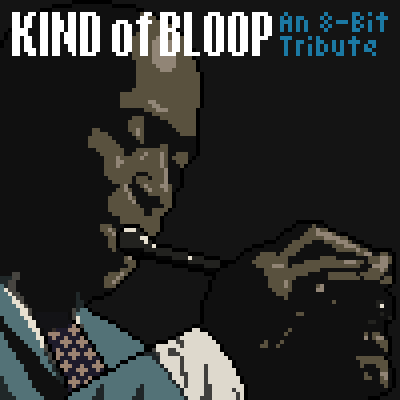Analogue nostalgia
The hipster underground is also where musical retromania intersects with the related phenomenon of vintage chic. From the fad for collecting quaint manual typewriters (either as decorative objects or to actually use) to the continuing boom for vintage clothing, there is a striking parallel with underground musicians’s fetish for obsolete formats such as vinyl and cassette and with the antique-like trade in early analogue synthesisers. But the trend that is most emblematic of our time-out-of-joint culture is the vogue for digital photograph apps such as Hipstamatic and Instagram, which give snapshots the period look associated with cameras and film from the 70s and 80s. (See also ShakeIt, an app that mimics the Polaroid and works faster if you actually shake the iPhone.)
What does it say about our era that so many people think it’s cool to place these pre-faded, instant-nostalgia filters on the images that will one day constitute their treasury of precious memories? When they look back to the early 21st century, their pics will look like they were taken two or three decades earlier, summoning up a long-lost era they don’t have any reason to feel nostalgic about.
Just like retro video games such as Mega Man 9 that simulate quaint 8-bit visuals via a modern console, these retro-photo apps embody a central paradox of contemporary pop culture. We have all this futuristic technology at our disposal, endowing us with capabilities that would have seemed fantastical in 1972, but it is getting used as a time machine to transport us into yesterday, or to shuffle and share pop-cult detritus from long ago. We live in the digital future, but we’re mesmerised by our analogue past. Hipstamatic-style apps also raise another question: when we listen back to the early 21st century, will we hear anything that defines the epoch? Or will we just find a clutter of reproduction antique sounds and heritage styles?
The Guardian, Simon Reynolds: “Total recall: why retromania is all the rage”.

Blah ? Touitter !